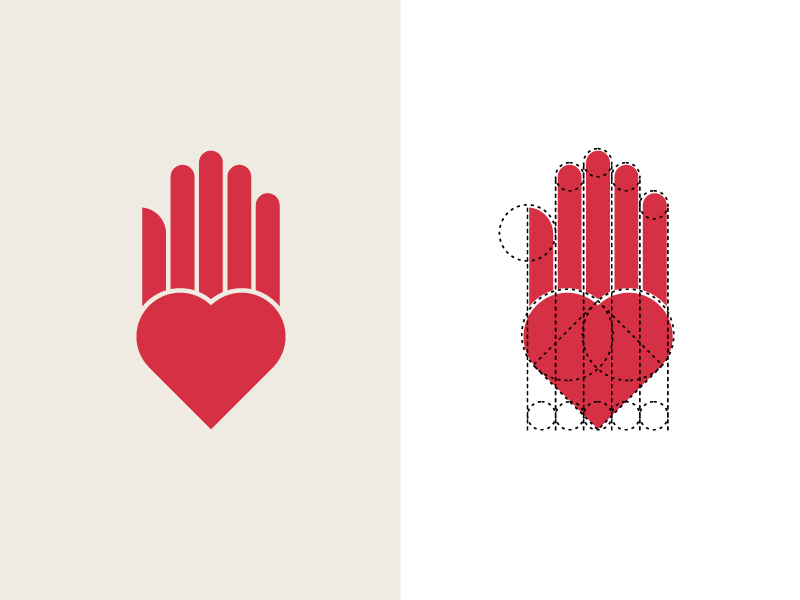

- #Goldenratio dreaming in 1.618 how to
- #Goldenratio dreaming in 1.618 full
- #Goldenratio dreaming in 1.618 series
This is where the eye naturally wants to go. The idea is to place the object or where you want the viewer’s eye to be drawn in the smallest curl of the spiral. Unfortunately, cameras often offer a rule of thirds grid overlay but not the Fibonacci spiral.
#Goldenratio dreaming in 1.618 how to
The golden spiral can be used when framing a photo or deciding how to crop an image. No matter whether you do a simple genre of photography or something more complex, the Fibonacci spiral can work for you. Any image with the golden ratio leads the viewer through the entire photo and is quickly processed by the brain, so it signals that such an image is aesthetically pleasing. The quicker it can process something, the more pleasing it is. Long story short, our brain has to process everything our eyes see. Just as the golden ratio is pleasing to the human eye in nature, so too is a photo that places content at the center of the golden spiral.Īdrian Bejan, professor of mechanical engineering at Duke’s Pratt School of Engineering, says the golden ratio is aesthetically pleasing because of the evolution of human vision.
#Goldenratio dreaming in 1.618 series
If you divide the area of that rectangle into a series of squares, it forms a spiral based on the Fibonacci sequence.įibonacci discovered that this “golden spiral” appears in several places throughout nature, from DNA molecules to flower petals, hurricanes, and the Milky Way. Suppose you take the a+b line example (or x+y) and turn it into a rectangle, where the width is x, and the length is x+y. In geometry, the golden ratio can also be expressed as a particular type of rectangle. After the first two numbers, the ratio of successive numbers is very close to the golden ratio. Mathematically, the Fibonacci sequence starts with the number 1, adds the previous whole number, and makes an endless series of numbers with that pattern. Like the grid overlays, the Fibonacci spiral is a guide to where to place the most important subject in a photo. In 1202, Fibonacci introduced the sequence in his book “Liber Abaci”. The sequence and spiral are named after the Italian mathematician Leonardo of Pisa, later known as Fibonacci (son of Bonacci). The golden ratio is the basis for the Fibonacci sequence that makes up the Fibonacci spiral. In this example, the Milky Way is placed on a vertical Phi grid line with its focal point at the intersection. So, that is where to position the focal point of the photo. The viewer’s eye is naturally drawn to the areas where the grid lines intersect. The Phi grid similarly divides the frame but makes the middle row and middle column smaller according to the golden ratio. The rule of thirds divides a frame into three rows and three columns of equal size, or 1:1:1 vertically and 1:1:1 horizontally. Both grids use two horizontal lines and two vertical lines to divide the frame.

The rule of thirds is one of the basic principles of photography.

The Phi grid is similar to the rule of thirds grid, which is commonly used to decide how to compose a photo. These overlays help visualize where to place elements in a photo. But even if you go blurry-eyed looking at numbers and equations, you can use the golden ratio as it is used to create the golden spiral and Phi grid. This equation is helpful for photographers with a handle on math and geometry. In mathematical circles, this unique number is represented by the greek letter Phi. The golden ratio is an irrational number that continues forever and is shortened to 1.618.
#Goldenratio dreaming in 1.618 full
The golden ratio is a mathematical rule that says any line can be divided so that the longer segment divided by the shorter segment is the same ratio as the full line divided by the longer segment. Greek mathematician Euclid was best known for his geometry work, now known as “Euclidian geometry.” He calculated the golden ratio using rectangles, which can also be explained using a line. The first recorded definition of the golden ratio came from Euclid in the 3rd Century BC. The golden ratio is a guide to where to place a subject (a tree, person, building, etc.) or element in a photo (like the horizon) where it will be most pleasing to the eye.

The golden ratio-also known as the golden mean, golden spiral, golden section, divine sections, divine proportions, Fibonacci spiral, or phi grid-is a similar, more effective compositional guideline based on ancient mathematics and used in art by masters like Michaelangelo, Leonardo DiVinci, and Salvador Dali. Several techniques help you frame your photo and determine where to place your content.Ĭameras will often show the “rule of thirds” grid overlay. Composition is how we place objects and elements in photography to create visual interest, impact, and tell a story.


 0 kommentar(er)
0 kommentar(er)
